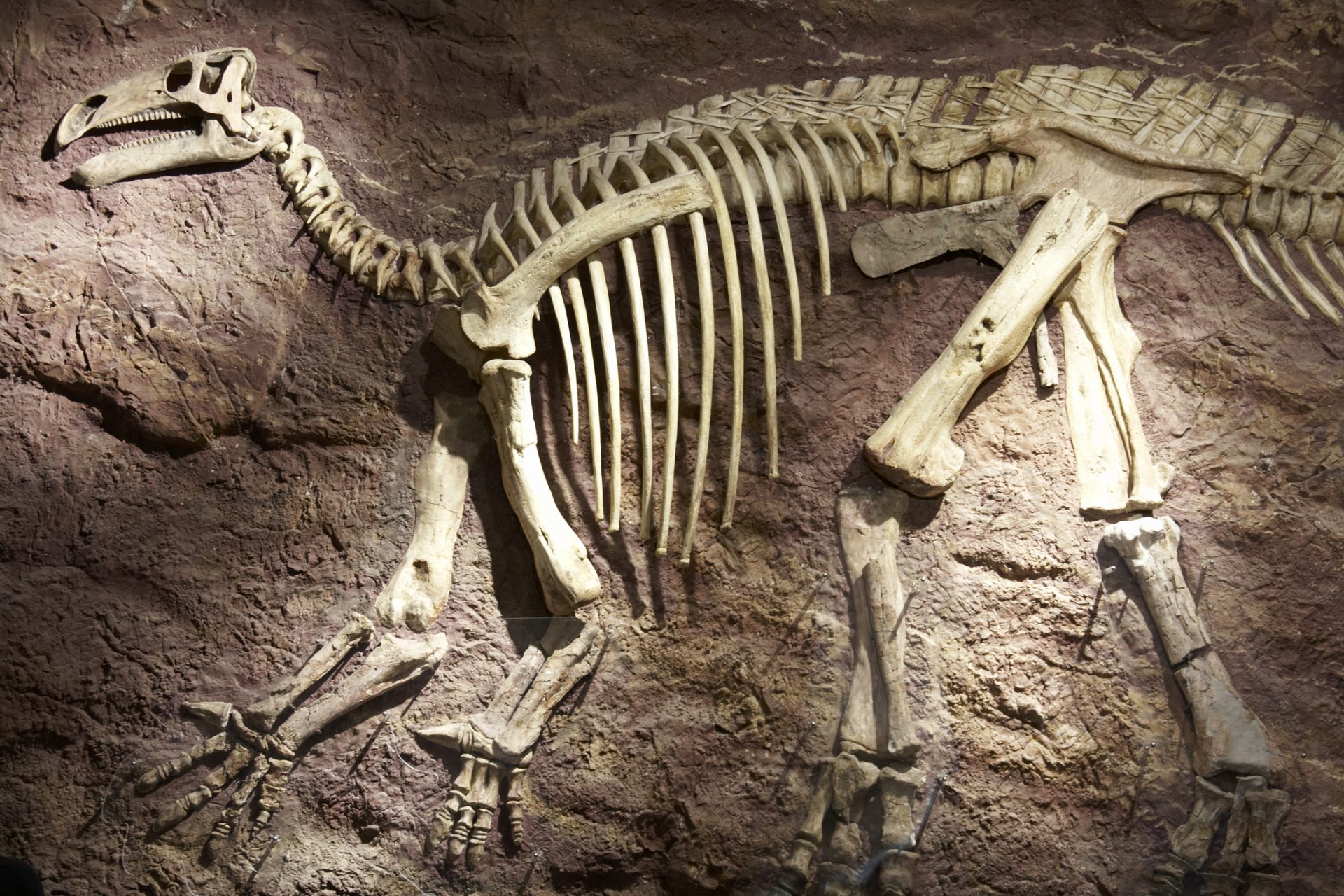Global wildlife losses are a lot worse than we once thought
Our world is currently going through its sixth great extinction event but things are a lot worse than we once feared according to a new study that has shown the planet’s wild animal populations are declining at an extremely alarming rate. But how bad is it today?
In 2022, the World Wildlife Foundation put out its groundbreaking Living Planet Report, which gathered together data on 32,000 populations of 5268 species and found that there had been a staggering 69% decline in global animal life between 1970 and 2018.
“The message is clear and the lights are flashing red. Our most comprehensive report ever on the state of global vertebrate wildlife populations presents terrifying figures,” the authors of the World Wildlife Foundation report noted in their executive summary.
A two-thirds decline in the world’s animal populations seemed like a shocking figure to the World Wildlife Foundation but the organization might have missed the mark on the true total number of animal groups rapidly disappearing from our planet according to a new study.
After looking at 71,000 species of insects as well as five groupings of vertebrates that included mammals, birds, reptiles, amphibians, fishes, and insects, researchers found widespread evidence showing the erosion of 48% of all the species they had studied.
Dr. Daniel Pincheira-Donoso is a researcher at Queen’s University Belfast’s School of Biological Sciences as well as a co-author of the new study into our world’s declining wildlife populations and he told CNN his findings were a “drastic alert.”
“Other studies, based on considerably smaller numbers of species, have shown that the ongoing ‘extinction crisis’ is more severe than generally appreciated,” Pincheira-Donoso continued. “Our findings provide a stark confirmation on a global scale.”
Animals living in the world’s tropical regions were most likely to suffer from decline and stability in global populations increased as researchers looked at more temperate areas.
The study’s authors noted that our current mass extinction event—currently labeled the Anthropocene extinction—differs greatly from the world’s previous two extinction events due to rapid biodiversity imbalance with levels of decline greatly exceeding increases.
“Our study contributes a further signal indicating that global biodiversity is entering a mass extinction, with ecosystem heterogeneity and functioning, biodiversity persistence, and human well-being under increasing threat,” the study’s authors wrote.
Some categories of vertebrates were more affected than others with birds and mammals seeing declines while drops in amphibians were found to be “particularly severe.” Insects also saw declines.
The study’s authors also noted that 33% of species currently in decline are classified as non-threatened on The International Union for Conservation of Nature’s (IUCN) Red List of Threatened Species, which presents a very worrying picture of their future.
Craig Hilton-Taylor heads the IUCN Red List Unit and in a statement published by CNN he said that while he agrees with the study’s assessment that animal populations are in decline and the researcher’s concerns, he believed the study’s numbers were inflated.
“While we agree with the sentiments and concerns about the declines in species that this paper expresses (as it is fundamentally an analysis of IUCN Red List data), we think that the results over-inflate the situation,” Hilton-Taylor said according to CNN.
However, not everyone agreed with this sentiment and University of Exeter’s Brandon Godley told CNN that Pincheira-Donoso and his co-author's study was “extremely impactful.”
“By painstakingly combining population trajectories, rather than more limited Red List Assessments, it underlines how much pressure wildlife is under from human influence, and how this is global and across the animal groups,” Bodley said. But it wasn’t all bad.
The study did find that 49% of animal populations were stable and 3% of species were actually growing. Fish and reptiles fared best when it came to stable populations and that does provide some hope for the future of animal life on the planet.
More for you
Top Stories






























